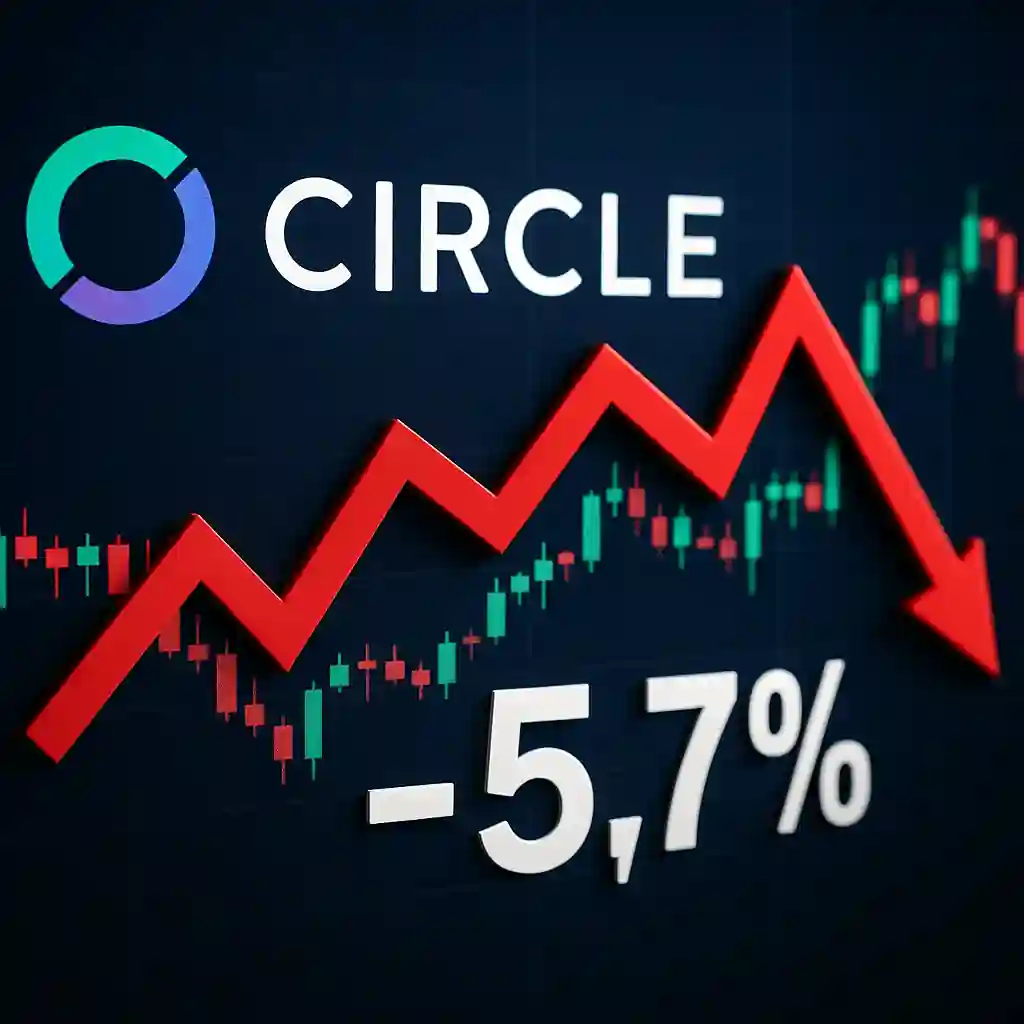Circle Shares Decline Amid Broader Market Pressure
Circle Internet Group (CRCL) saw its shares drop 5.7% over the past month. This decline came as the company underperformed both the Zacks Financial-Miscellaneous Services industry and the overall Zacks Finance sector, which returned 5.2% and 1.4%, respectively.
Despite a solid product offering and large user base, Circle is struggling to gain momentum in a rapidly evolving market.
Circle’s USDC and EURC Stablecoins Explained
Circle is best known for issuing USDC, a stablecoin fully backed by U.S. dollar reserves. USDC is redeemable one-for-one with U.S. dollars and is used for payments, settlements, and digital storage of value. The company also issues EURC, which is similarly pegged to the euro.
Both tokens run natively on blockchain networks and are backed by highly liquid, price-stable cash and equivalents — helping Circle gain credibility in the digital currency space.
Circle’s Network Powers Global Payments
As of March 28, 2025, the Circle stablecoin network served more than 600 million users worldwide. These figures highlight Circle‘s wide reach in digital finance and the growing role of blockchain in global settlements.
Still, size alone doesn’t ensure market dominance. Other firms are stepping up their efforts in the stablecoin space, making it harder for Circle to maintain its edge.
Competitors Push Into Circle’s Territory
Circle faces stiff competition from heavyweights like Coinbase, PayPal, and Fiserv. Coinbase has partnered with Shopify to allow users to pay with USDC via its Ethereum layer-2 network, Base. This brings onchain payments to millions of storefronts and strengthens Coinbase’s foothold.
Fiserv is also making headlines with its planned FIUSD stablecoin, built into a blockchain-based asset platform. These moves threaten Circle’s market share by offering competing payment solutions.
Circle Stock Lags Behind Key Peers
Compared to its closest peers, Circle has underperformed. Coinbase shares rose 10.7% last month. PayPal fell 5.1%, and Fiserv dropped 17.5%. Despite being down, Circle still fared better than Fiserv, but lagged well behind Coinbase’s rally.
Investors appear more confident in companies that have expanded their utility or reached new partnerships, which may explain Circle’s relative underperformance.
What’s Holding Circle Back?
One key issue for Circle is differentiation. While USDC is widely used and considered secure, it now faces stronger competition on multiple fronts. Both PayPal and Coinbase are pushing USDC in payment ecosystems — arguably more aggressively than Circle itself.
Additionally, Circle lacks the consumer-facing platforms that competitors already operate. Without direct control over where users spend or hold their stablecoins, Circle may lose ground.
Can Circle Regain Momentum?
To regain investor confidence, Circle may need to accelerate partnerships, improve user experience, or introduce new blockchain integrations. With the stablecoin space heating up, innovation and utility will be key to standing out.
Despite the recent dip, Circle remains a foundational player in digital payments. Its long-term potential remains intact — if it can keep up with the pace of competition.




